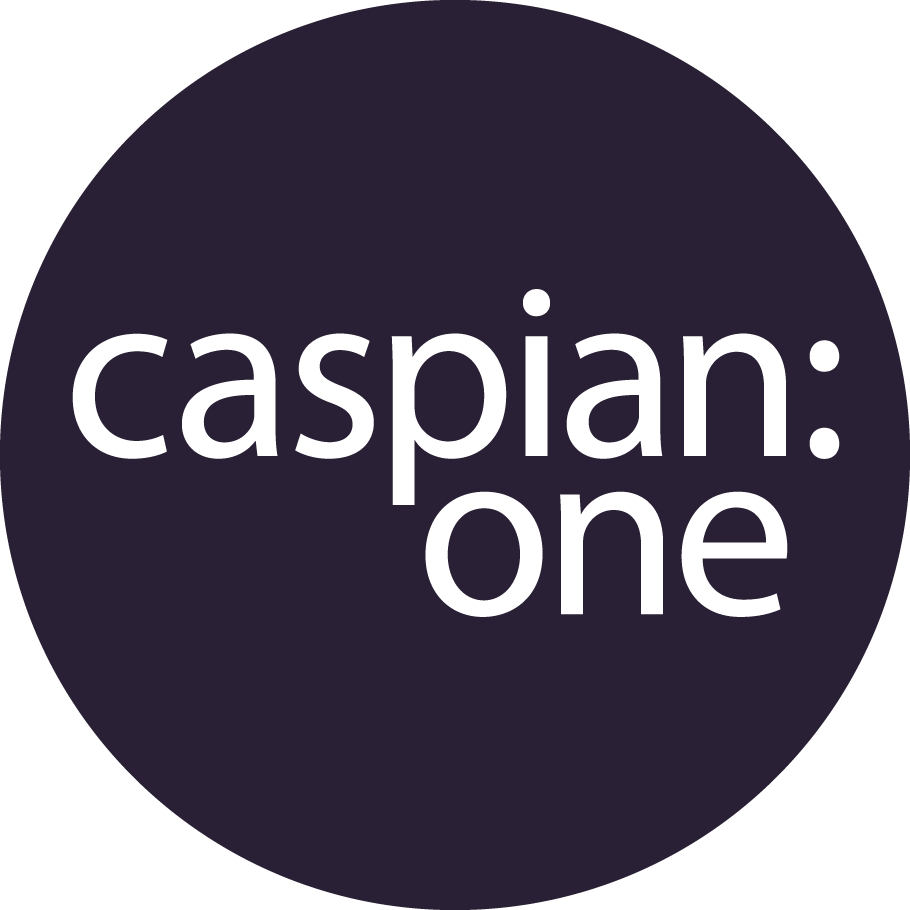PROFESSIONALLY REFRESH YOUR RESUME IN FIVE STEPS
If you’re like the majority of people, it’s likely your resume has been gathering dust since you joined with your current employer - putting you at an immediate disadvantage should opportunity come knocking.
In this article we’ll be walking through five clear steps, which if followed accurately, will enable you too quickly, and professionally update your resume to a high standard. Should you however, prefer to speak with one of our recruiters about updating your resume, you can contact us for support.
Step One - Clarify Your Resumes Purpose
Before you put pen to paper (or fingers to keyboard), think about what you want to achieve with your resume. Ask yourself;
What career direction am I really pursuing?
Who do I want to hire me based on my resume?
What am I trying to tell the world about my work experience?
The answer to these three questions should heavily influence how you approach updating your resume. The tone you write in, the skills or experiences you most dominantly highlight, whether you need one version of your resume or 5 variants that present you differently to varying audiences - all of these factors can be decided based on the answers you provide.
Once you have noted down who you’re trying to appeal to and what you’re trying to achieve with your resume, next read back through your current copy. Again, before writing anything new, simply start by highlighting the elements of your resume that do and don’t meet with your resumes new purpose.
This is also a good time to research your directional career goals. Find out more about the companies operating in your industry, the people work at those companies, how they communicate and portray themselves, and what they are seeking in new staff. The more you know, the better you can refine your resume to appeal to this demographic.
Step Two - Edit & Remove
Be brutal.
Start by removing any information that’s no longer relevant. Work history over a decade old, technologies and / or languages you’ve not used since the millenium, minor awards or educational results that are no longer applicable, anything that’s not going to directly support your newly formed career objectives - delete. The goal at this point is to find the vital information within your resume and remove the waste.
You then want to start editing the remaining text. Some examples include;
Previous work experiences, can they be shortened, refined, simplified, whilst still beneficially representing skills and achievements attained?
Achievements, can the context be simplified, are they all still relevant and uptodate?
Skills, are they ordered correctly and in the case of technologies / languages, still being practiced?
Hobbies and interests, are these still correct and do they portray you in the right way?
A particular area of focus should be your profile section (also known as the executive summary or personal statement). In this, you should be communicating and defining the singular message you want employers and recruiters to take away from your resume. Keep it short, to the point and direct.
Step Three - Structure & Design
At this point you should have a stripped back version of your original resume, with only the best bits remaining. Now is the time to start reviewing the design and layout of this document. A hiring manager should be able to scan through your resume in seconds and understand who you are. Easy to digest formatting helps this process.
Typically, from the top we’d expect a resume to follow the structure;
Contact information
Profile section
Skills and competencies
Work experience
Education
Personal interests
Then in terms of design its best practice to use a single standard font throughout, avoid graphics, tables and photos, maintain reverse chronological order throughout and carefully manage paragraph length to ensure paragraphs don’t overlap two pages.
Step Four - Add & Update
With your resume correctly structured, looking good and only containing core features from your previous draft - you are now ready to start adding new content. Going back to step one, any new content added must be applicable to your future career aspirations.
Start with your current job role, which is likely to be missing from the original draft. Of all the work experience sections, this should be the most in-depth and detailed. However this doesn’t need to be a list of every task you’re responsible for - instead it should highlight key achievements, successes and most importantly, the who, what, how and why. For example, “I did x, y, z - for x, y, z reasons - which had x, y, z consequences”.
When writing new copy (and reviewing previous), you should also be looking to include relevant keywords that will appeal to your target employer. For example, if you’re applying for a C++ role, make sure C++ is the most prominent skill and language you display. The research you did in step one should help you clarify potential keywords to include.
What value do you bring to a new employer? - That’s what your resume needs to outline.
Step Five - Online Presence
Your resume updates are probably nearing completion by this step. Before you draw a line under this project, remember that your resume stretches well beyond a single document in our modern world.
Is your Facebook page private or visible publicly - and if public, does it represent you in a way that will put off potential employers.
LinkedIn, your online resume, this needs to be modified to mirror your new resume copy; following similar rules as above. With many employers and recruiters using software platforms to find candidates, accurate use of relevant keywords is even more important here.
Do you know what happens when you Google search you? A simple exercise, but one that many employers will do when researching you pre-interview.
Follow these steps thoroughly and you’ll end up with a quality resume that will help you further your career, in the direction you dictate.

